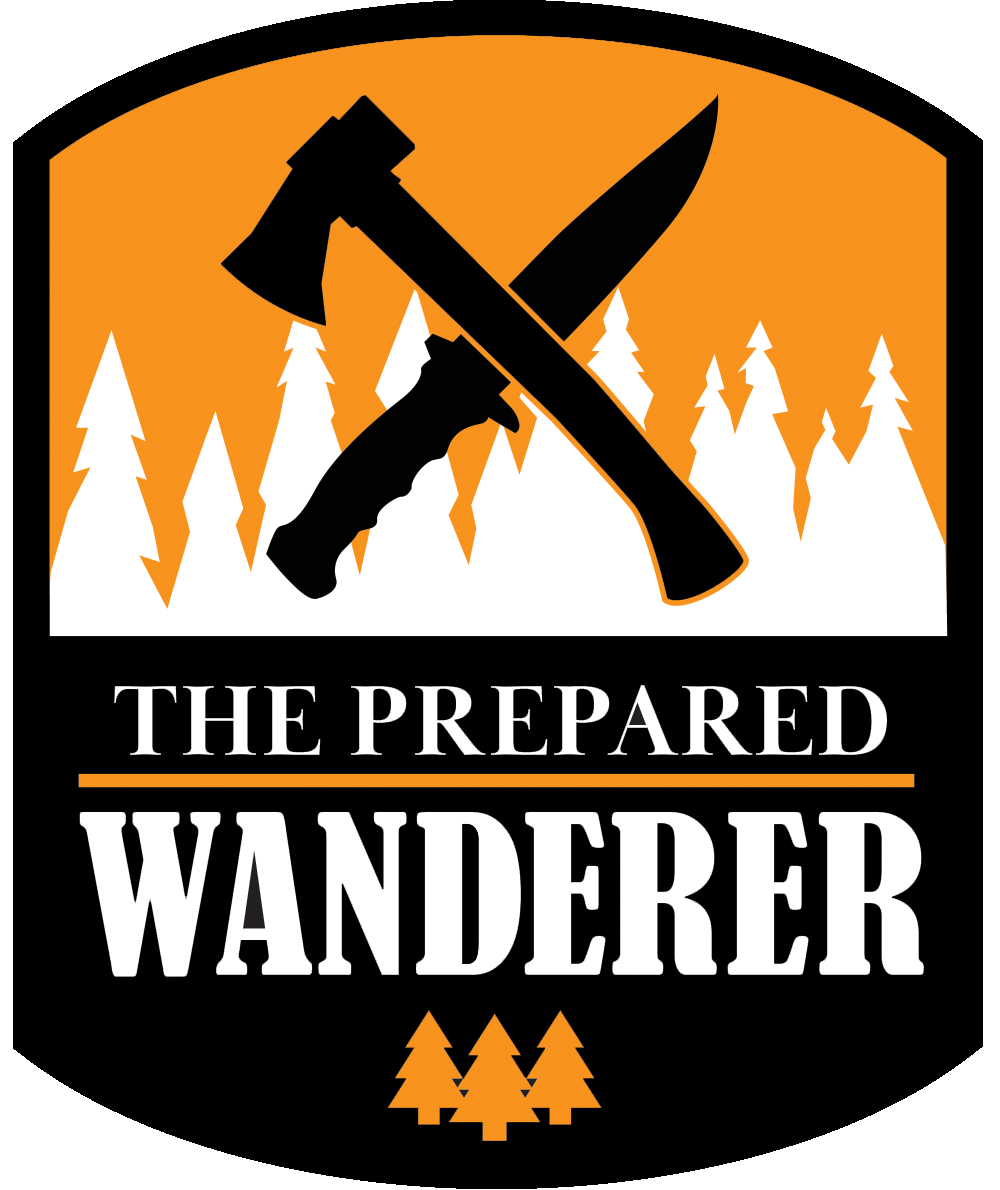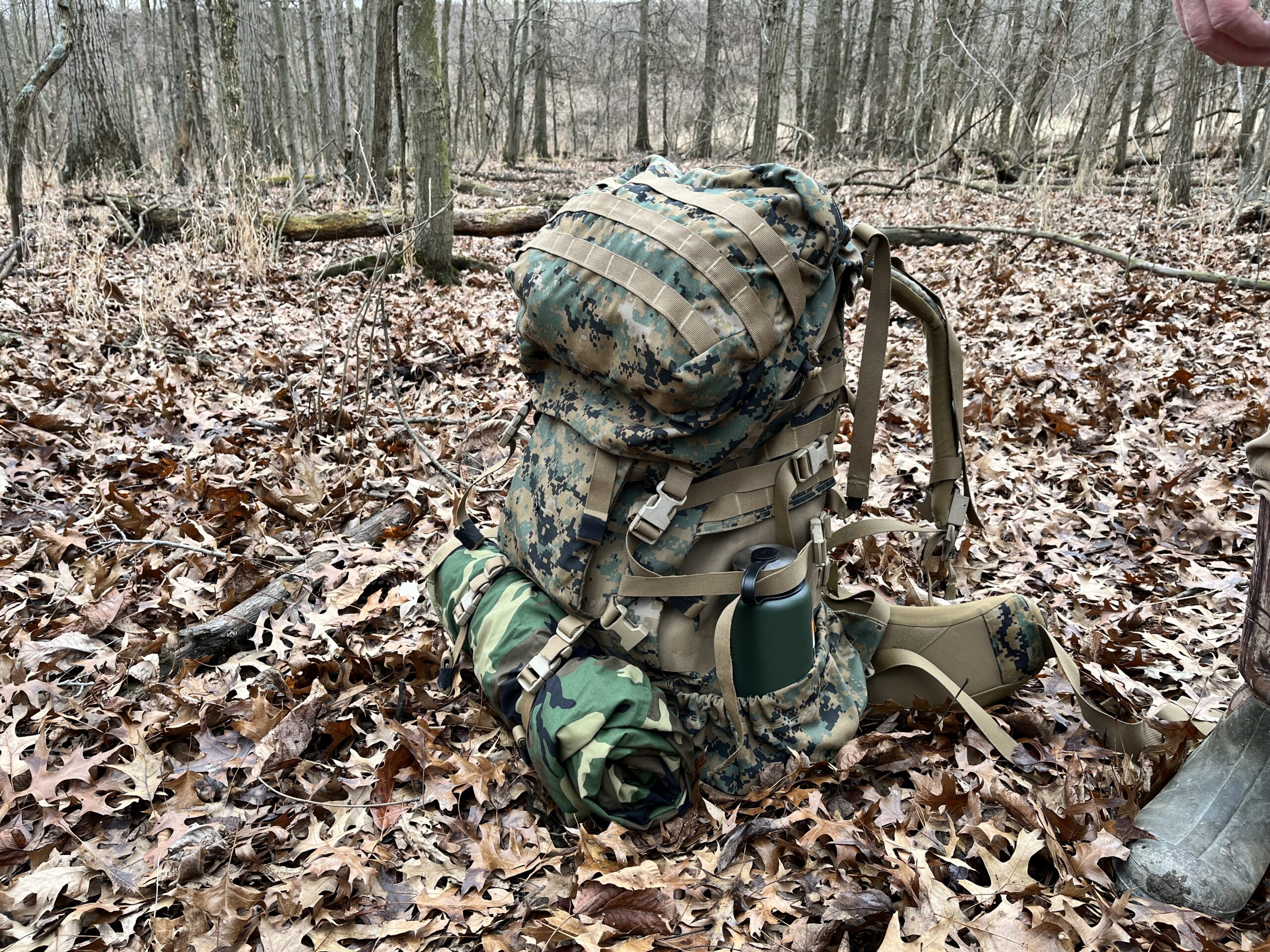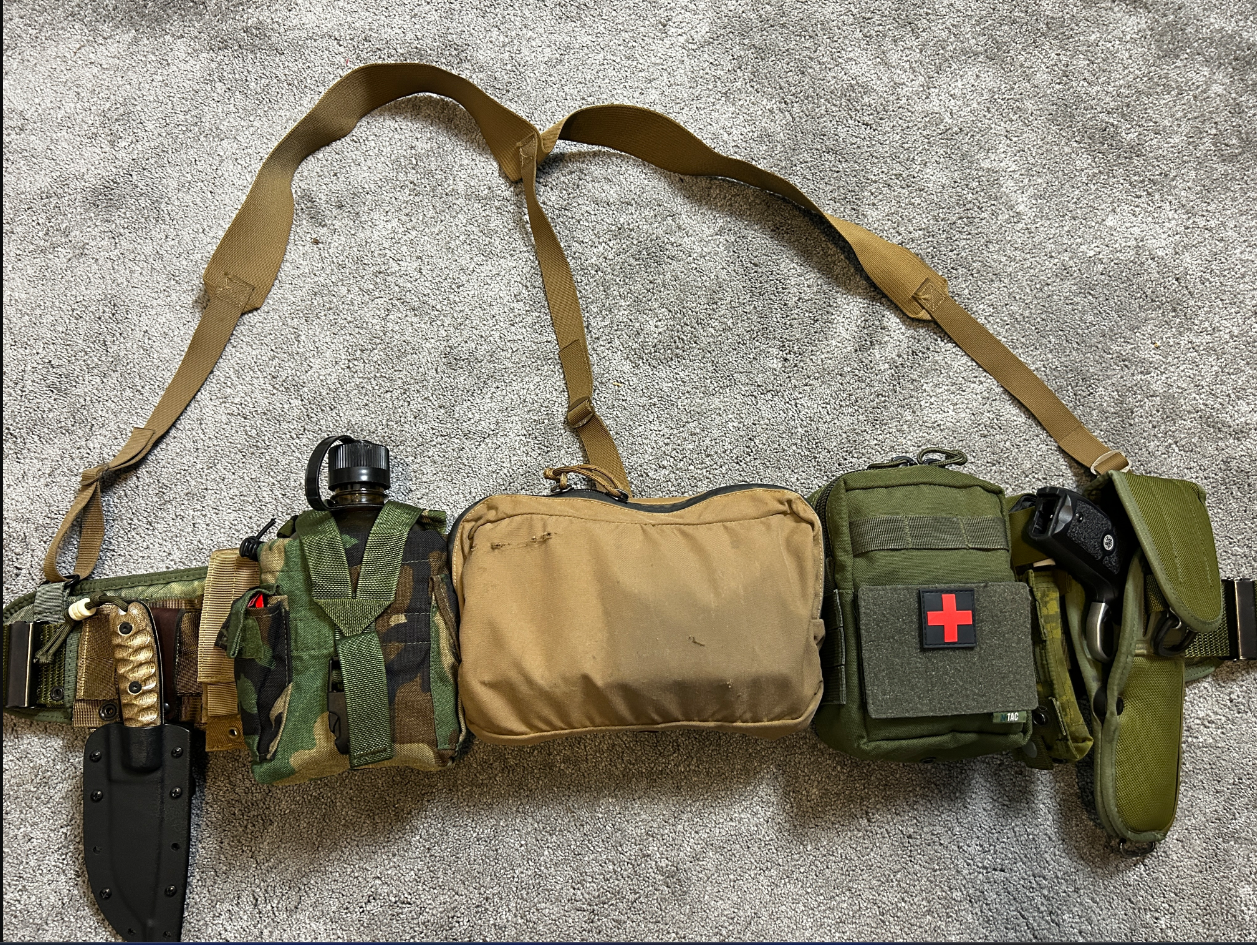In the wilderness, where modern conveniences are scarce, mastering the art of fire-making is paramount to survival. Fire is not only a source of warmth, but it also provides light, protection from predators, and a means to cook food and purify water. Developing a deep understanding of various fire-making techniques can make the difference between life and death in critical situations. Here, we will explore some of the best survival fire-making skills.
1. Friction-Based Fire-Making: One of the oldest and most reliable methods of creating fire is using friction. There are two primary friction-based techniques: the bow drill and the hand drill. The bow drill involves a bow-like device with a string, while the hand drill requires rubbing a stick against a wooden baseboard. Both methods require practice and precision, as the friction generates enough heat to ignite a small ember into a flame.
2. Flint and Steel: Dating back centuries, flint and steel fire-making is a classic technique. Striking a piece of steel against flint produces sparks that fall onto a piece of char cloth or tinder bundle, which then ignites into a small flame. Mastering this skill can be immensely valuable, as flint and steel are durable and effective in various weather conditions.
3. Fire Plow: The fire plow method involves using a dry, softwood stick and a groove or trench on a harder wooden base. By rapidly pushing the stick back and forth along the groove, friction generates enough heat to create an ember that can be transferred to a tinder bundle and blown into flame.
4. Solar Fire-Making: Harnessing the power of the sun, solar fire-making is a less conventional but useful technique in sunny conditions. It involves using a magnifying glass or a piece of clear plastic to focus sunlight onto a small spot, which will eventually create enough heat to ignite tinder.
5. Fire from Ice: In freezing environments, where ice and snow surround you, you can still create fire through the fire from ice technique. A clear piece of ice can be shaped into a lens and used to focus sunlight onto tinder, similar to the solar fire-making method.
6. Fire-Making with a Fire Piston: A fire piston is a small, hollow tube with a piston rod inside. When the rod is rapidly pushed into the tube, the air inside compresses and heats up, igniting the tinder placed at the end of the tube.
7. Fire-Making with Chemical Reactions: Certain chemicals, when combined, can create exothermic reactions that produce enough heat to ignite tinder. For example, combining potassium permanganate and glycerin can lead to combustion.
8. Fire-Making with a Fire Starter Kit: A well-prepared fire starter kit can be a lifesaver in survival situations. Such kits may include waterproof matches, lighters, fire starter sticks, and firestarter cubes impregnated with flammable materials.
9. The Tepee Fire Lay: Once you have successfully ignited your tinder, knowing how to build a sustainable fire is crucial. The tepee fire lay involves arranging kindling and fuelwood in a cone shape around the tinder, allowing for proper airflow and a steady, upward-burning flame.
10. The Dakota Fire Hole: In situations where you need to conceal your fire, the Dakota fire hole is an excellent option. It involves digging a hole with two tunnels, one for airflow and another for adding fuel. This method efficiently utilizes fuel and reduces the fire’s visibility.
Remember, mastering fire-making skills takes time and practice. Understanding the properties of different materials and the principles behind fire ignition will greatly enhance your chances of successfully creating fire in any survival situation. Always prioritize safety, as fire can be both a blessing and a potential hazard in the wilderness. With these essential fire-making skills in your survival toolkit, you will be better equipped to face the challenges of nature and increase your chances of survival when venturing into the great outdoors.






Leave a Reply